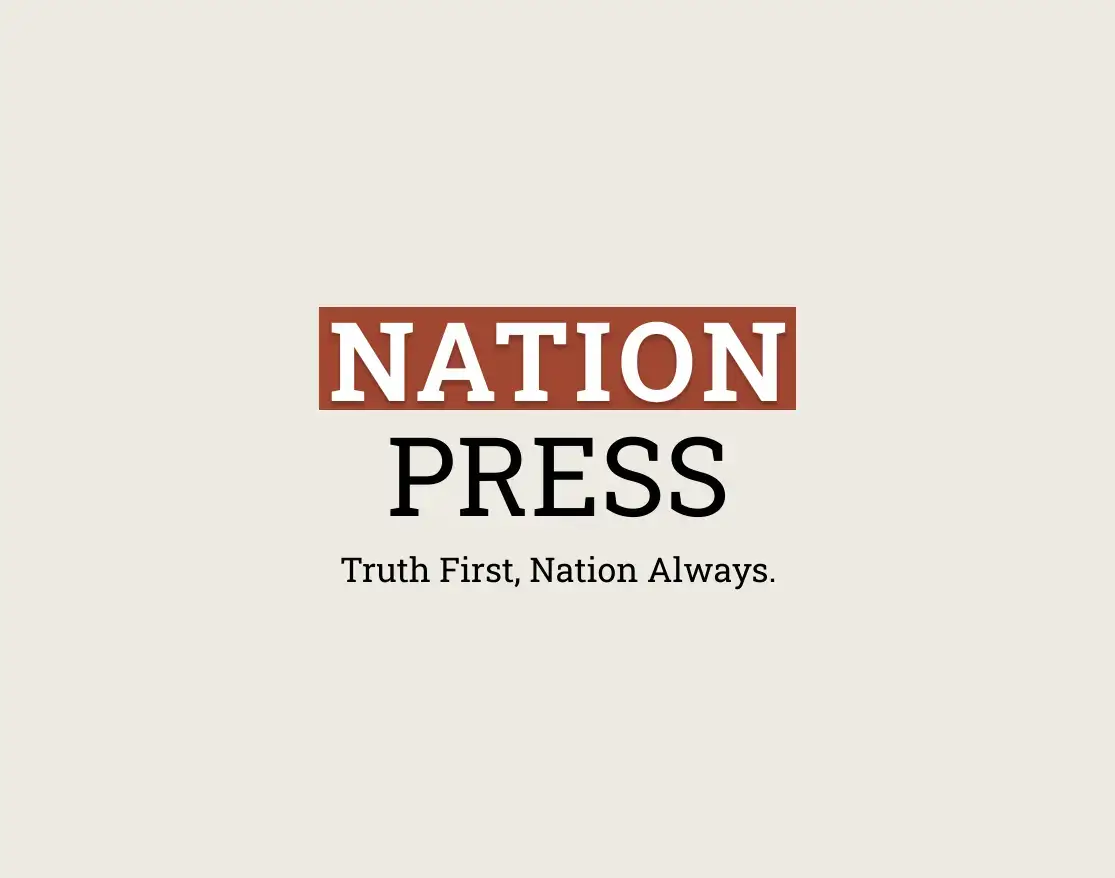Synopsis
In a significant turn of events, inflation rates for agricultural and rural laborers in India have dropped, providing much-needed relief to struggling households. With year-on-year rates now at 3.73% and 3.86%, respectively, the latest figures signal a possible end to the inflationary spiral affecting essential goods.Key Takeaways
- Inflation rates for agricultural laborers dropped to 3.73% in March.
- Rural laborers also saw a decrease in their inflation rate to 3.86%.
- Inflation rates are significantly lower compared to the previous year.
- The decline in inflation is linked to lower prices of essential food items.
- Overall retail inflation in India has decreased to 3.34%.
New Delhi, April 30 (NationPress) The annual inflation rates based on the all-India consumer price index for agricultural laborers (CPI-AL) and rural laborers (CPI-RL) for March this year have decreased to 3.73 percent and 3.86 percent, respectively, in contrast to 7.15 percent and 7.08 percent in March 2024. This decline offers a much-needed break for impoverished households, as per data released by the Ministry of Labour and Employment on Wednesday.
The reduction in the inflation rate was also apparent when compared to February, where the figures were recorded at 4.05 percent for CPI-AL and 4.1 percent for CPI-RL.
Over the past six months, the inflation rate for agricultural and rural workers has been on a steady decline. This development is a significant relief for these vulnerable groups most affected by rising prices, allowing them to have more disposable income for purchasing a broader range of goods, thereby enhancing their quality of life.
The drop in inflation for agricultural and rural workers occurs alongside a decrease in the country's overall retail inflation, which stood at 3.34 percent in March this year, compared to the same month last year, marking the lowest level since August 2019, according to earlier figures from the Ministry of Statistics.
In March, food inflation also slowed to 2.69 percent, the lowest since November 2021.
This notable reduction in both headline and food inflation is primarily due to decreases in the prices of vegetables, eggs, pulses, meat, fish, cereals, and milk, as stated in the official report.
Retail inflation in the nation has been trending downwards recently. The Reserve Bank's Monetary Policy Committee has revised its inflation forecast for 2025-26 to 4 percent from the previous 4.2 percent, highlighting that the “outlook for food inflation has turned decidedly positive,” as mentioned by RBI Governor Sanjay Malhotra last week.
“Headline inflation moderated in January-February 2025 following a significant correction in food inflation. The outlook for food inflation has turned decidedly positive. Uncertainties around rabi crops have diminished significantly, and the second advance estimates indicate a record wheat production along with higher yields of essential pulses compared to last year,” the RBI Governor elaborated.
He noted that, coupled with robust kharif arrivals, this sets the groundwork for a sustained decrease in food inflation.
“The sharp decline in inflation expectations in our latest survey for three months and one year ahead will further help stabilize inflation expectations moving forward,” he added.
Moreover, the decrease in crude oil prices is favorable for the inflation outlook. However, lingering global market uncertainties and potential adverse weather-related supply disruptions could pose upward risks to the inflation trajectory, as noted by the RBI Governor.











